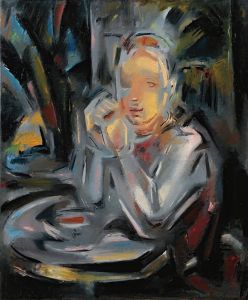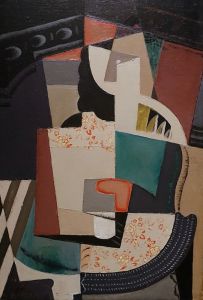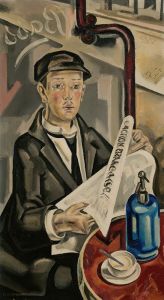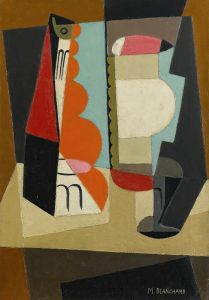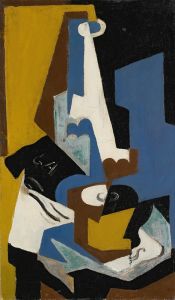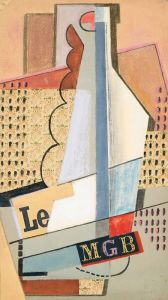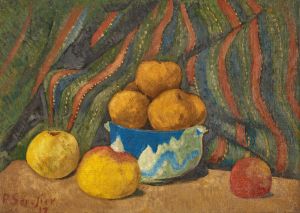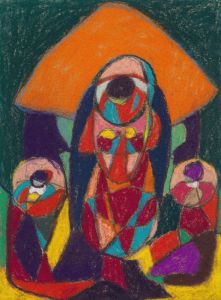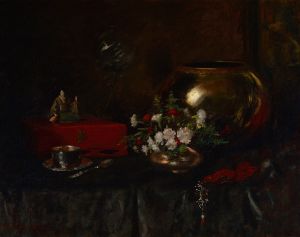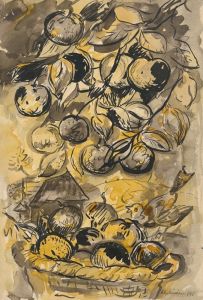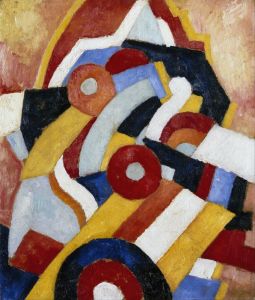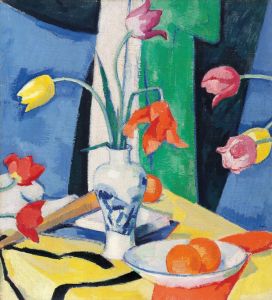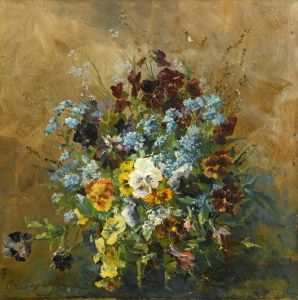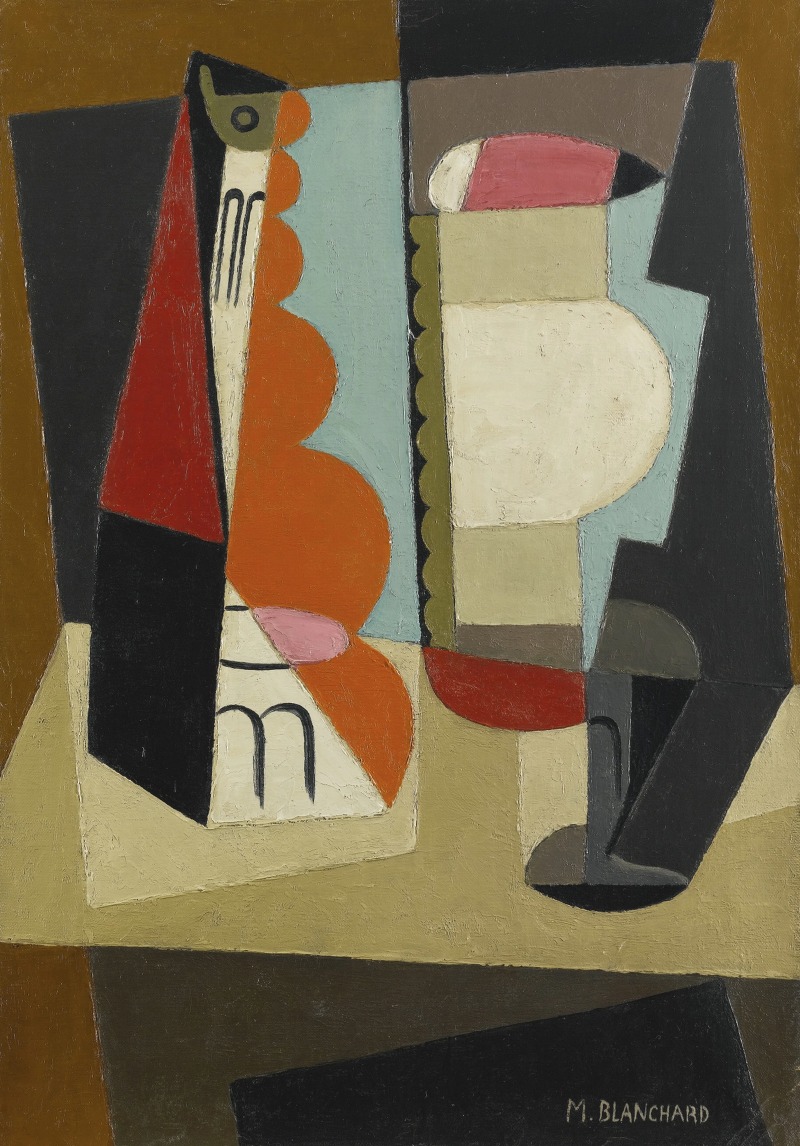
Nature Morte Cubiste
A hand-painted replica of María Blanchard’s masterpiece Nature Morte Cubiste, meticulously crafted by professional artists to capture the true essence of the original. Each piece is created with museum-quality canvas and rare mineral pigments, carefully painted by experienced artists with delicate brushstrokes and rich, layered colors to perfectly recreate the texture of the original artwork. Unlike machine-printed reproductions, this hand-painted version brings the painting to life, infused with the artist’s emotions and skill in every stroke. Whether for personal collection or home decoration, it instantly elevates the artistic atmosphere of any space.
María Blanchard, a prominent Spanish painter associated with the Cubist movement, created the artwork titled "Nature Morte Cubiste" (Cubist Still Life). Blanchard was born on March 6, 1881, in Santander, Spain, and became one of the few women artists to gain recognition in the predominantly male-dominated Cubist movement. Her work is noted for its innovative approach to form and composition, which aligns with the principles of Cubism.
"Nature Morte Cubiste" exemplifies Blanchard's mastery of Cubist techniques, characterized by fragmented forms and a multi-perspective approach. Cubism, pioneered by Pablo Picasso and Georges Braque in the early 20th century, sought to depict subjects from multiple viewpoints, thereby challenging traditional notions of perspective and representation. Blanchard's interpretation of Cubism often incorporated a unique sensitivity and emotional depth, setting her apart from her contemporaries.
In "Nature Morte Cubiste," Blanchard employs a muted color palette, typical of the Cubist style, which often favored browns, grays, and ochres to emphasize form over color. The painting likely features a composition of everyday objects, such as musical instruments, bottles, or fruits, deconstructed into geometric shapes and reassembled in a way that challenges the viewer's perception. This approach not only reflects the Cubist interest in exploring the essence of objects but also Blanchard's personal artistic vision.
Blanchard's contribution to Cubism is significant, as she was one of the few women to be actively involved in the movement. Her work was exhibited alongside other leading artists of the time, and she maintained professional relationships with key figures in the art world, including Juan Gris and Diego Rivera. Despite facing numerous challenges, including physical disabilities and financial difficulties, Blanchard continued to produce art that was both innovative and deeply personal.
Throughout her career, Blanchard's work evolved, and she eventually moved beyond Cubism to explore other styles and themes. However, her Cubist period remains a critical part of her legacy, demonstrating her ability to engage with and contribute to one of the most influential art movements of the 20th century.
"Nature Morte Cubiste" is a testament to Blanchard's skill and creativity, reflecting her ability to navigate and reinterpret the complex visual language of Cubism. Her work continues to be studied and appreciated for its artistic merit and its role in the broader context of modern art history. María Blanchard passed away on April 5, 1932, in Paris, France, leaving behind a body of work that continues to inspire and captivate audiences worldwide.





